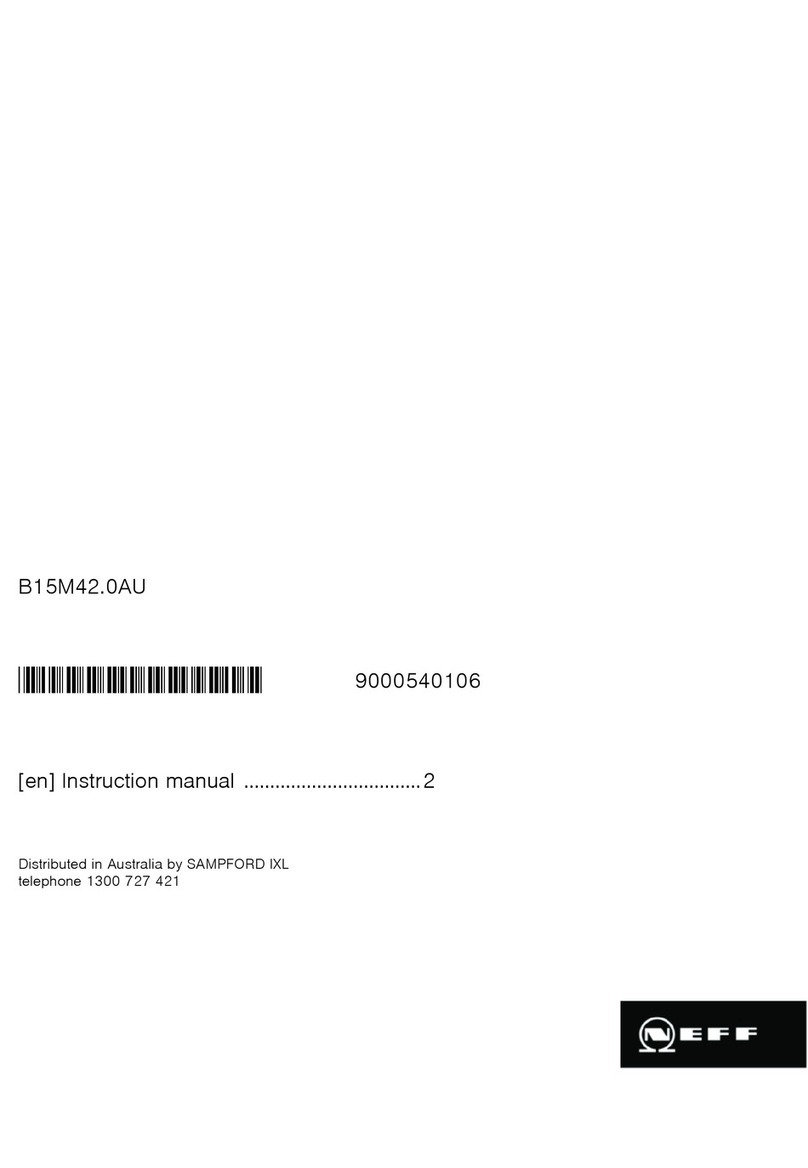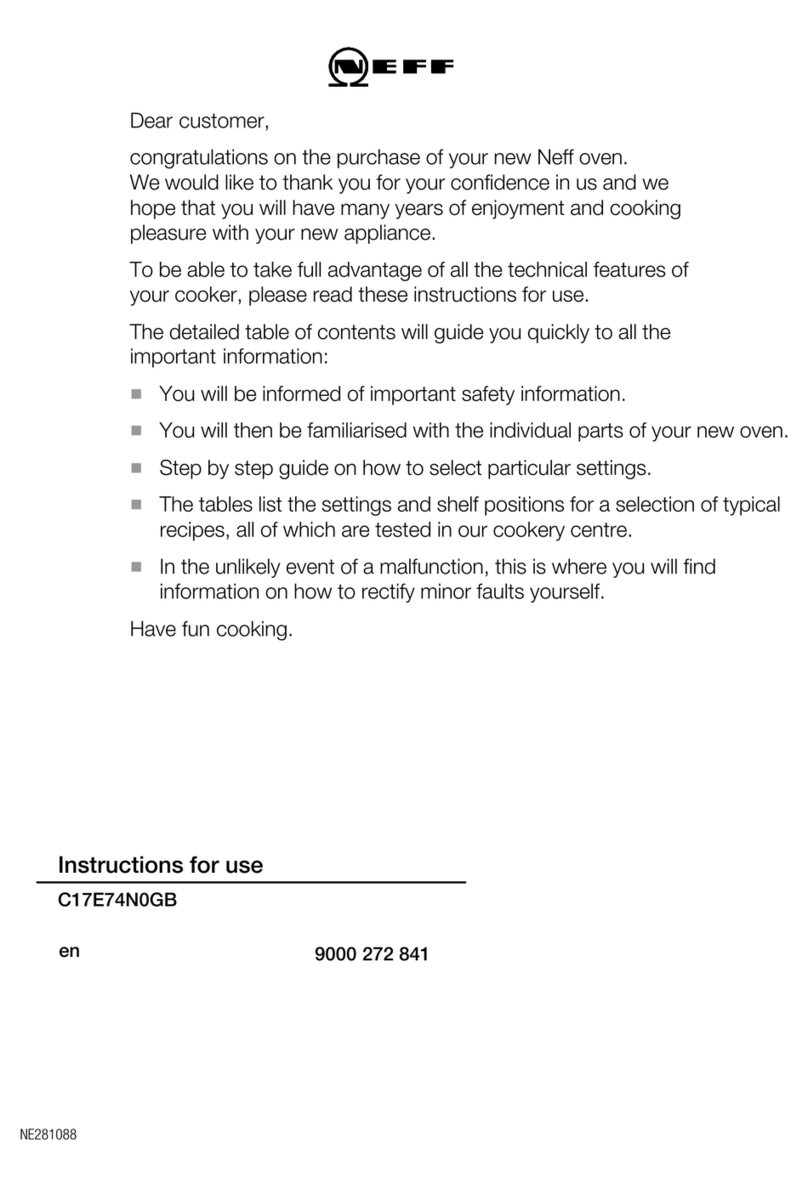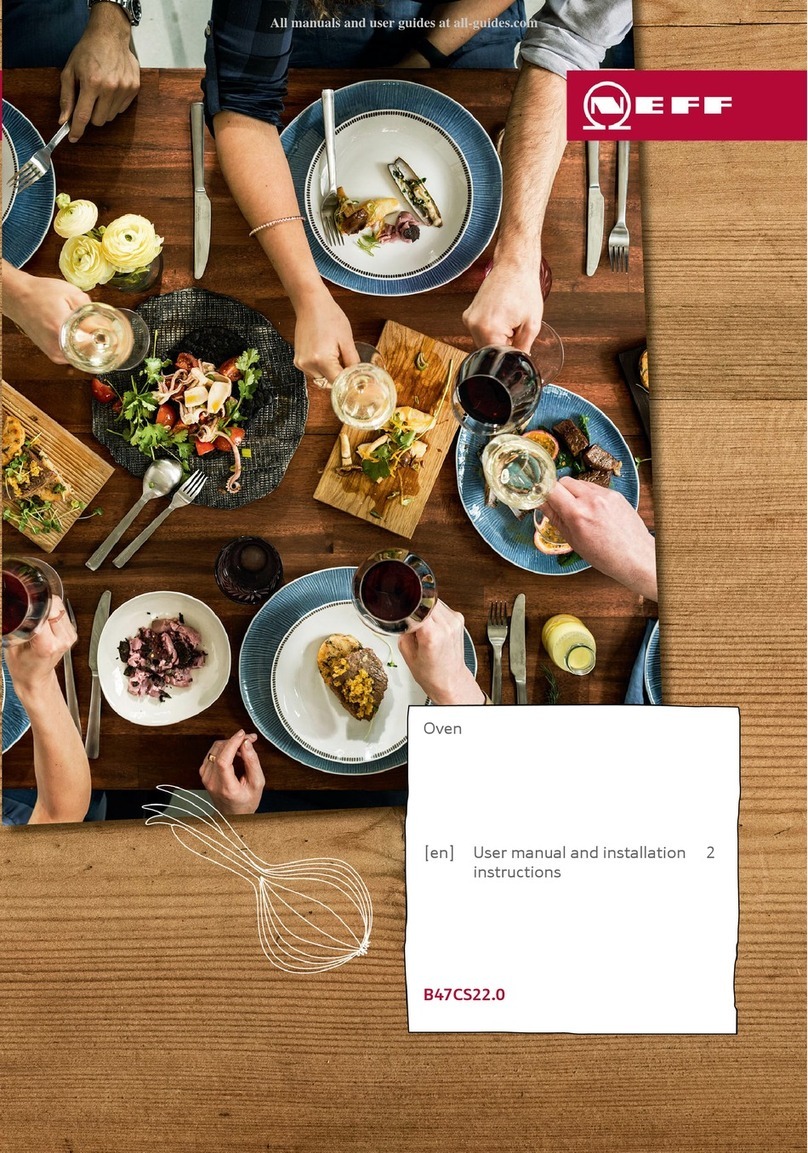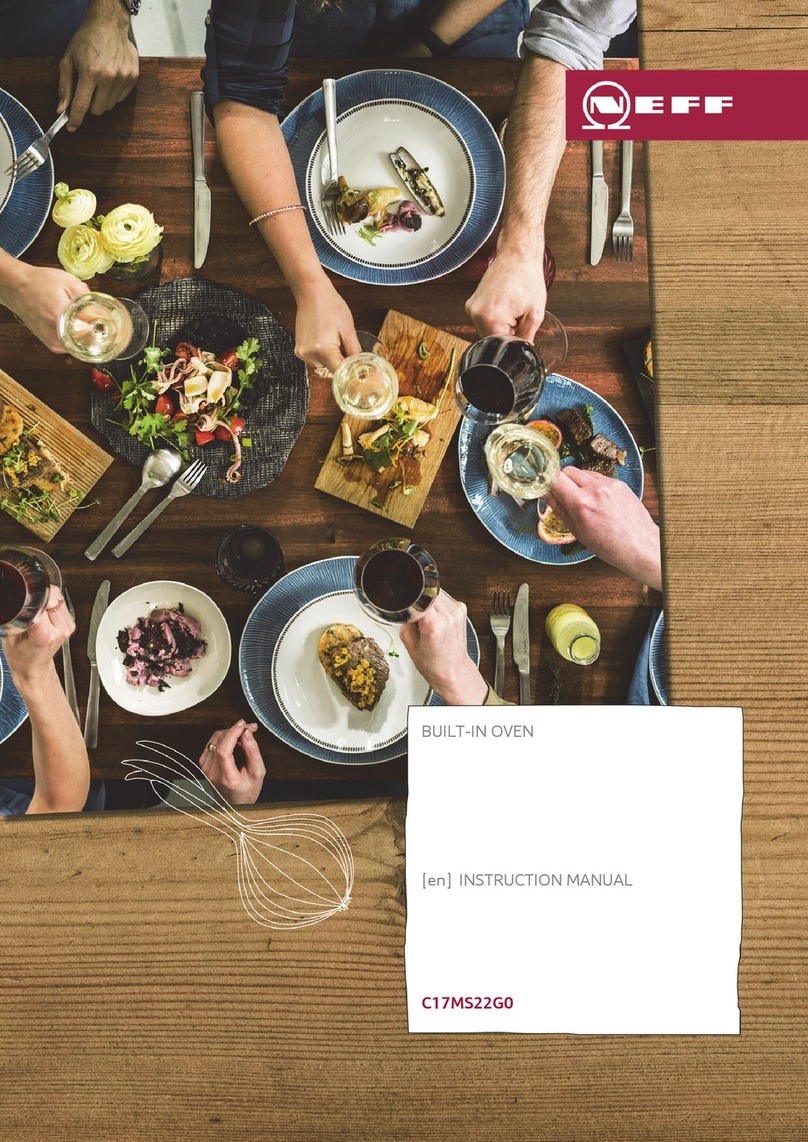NEFF U1322N1GB Safety guide
Other NEFF Oven manuals
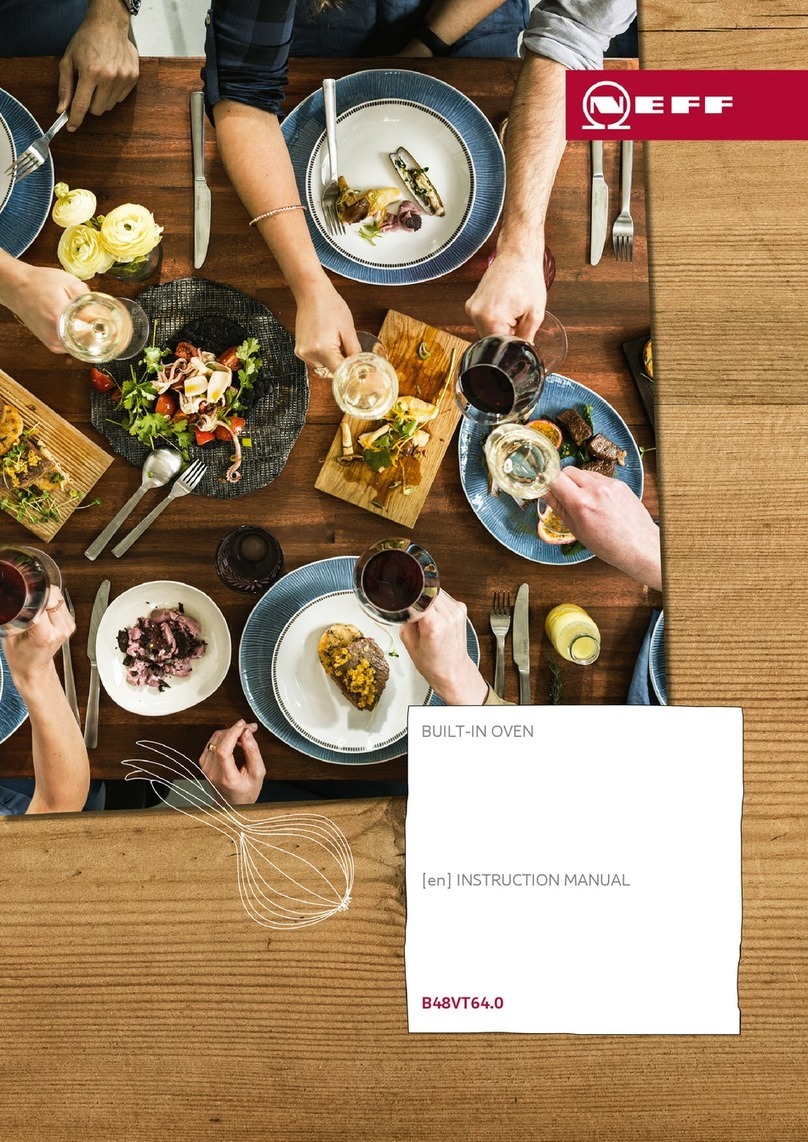
NEFF
NEFF B48VT64 0 Series User manual

NEFF
NEFF B46E64N0AU User manual

NEFF
NEFF B57VS26N0B User manual
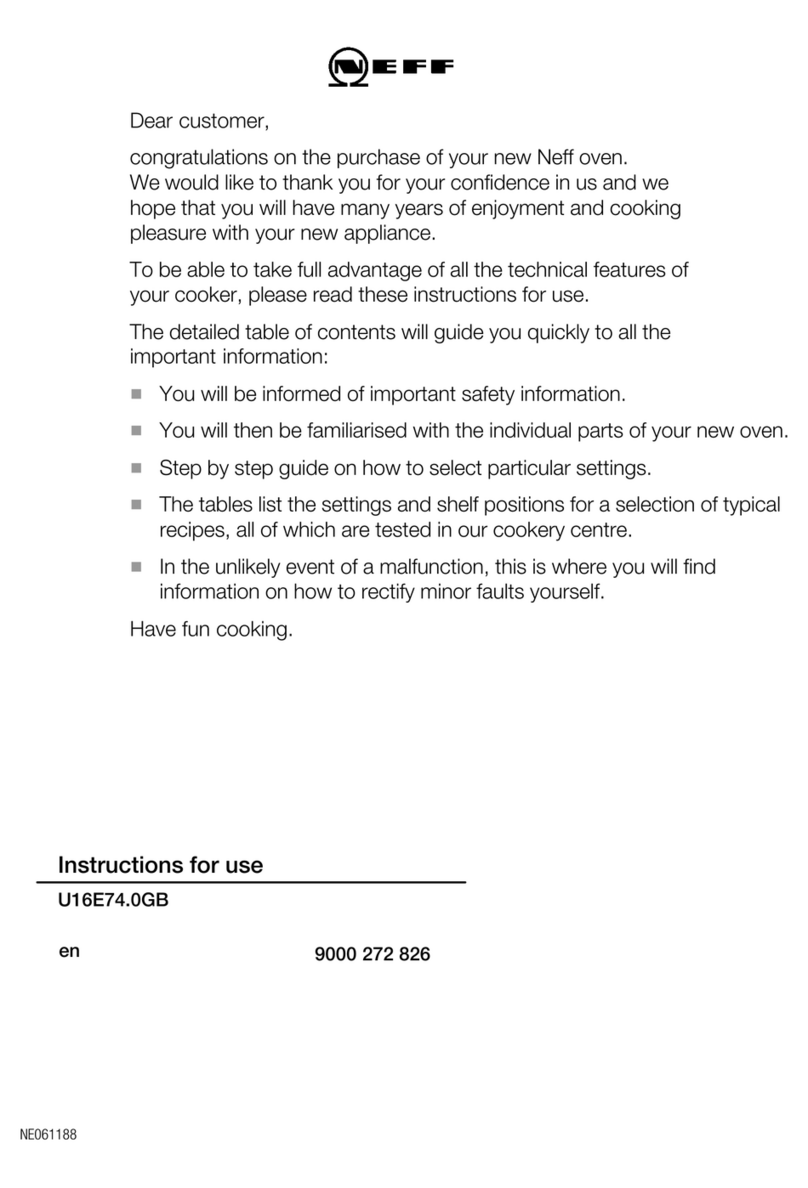
NEFF
NEFF U16E74N0GB - annexe 2 User manual
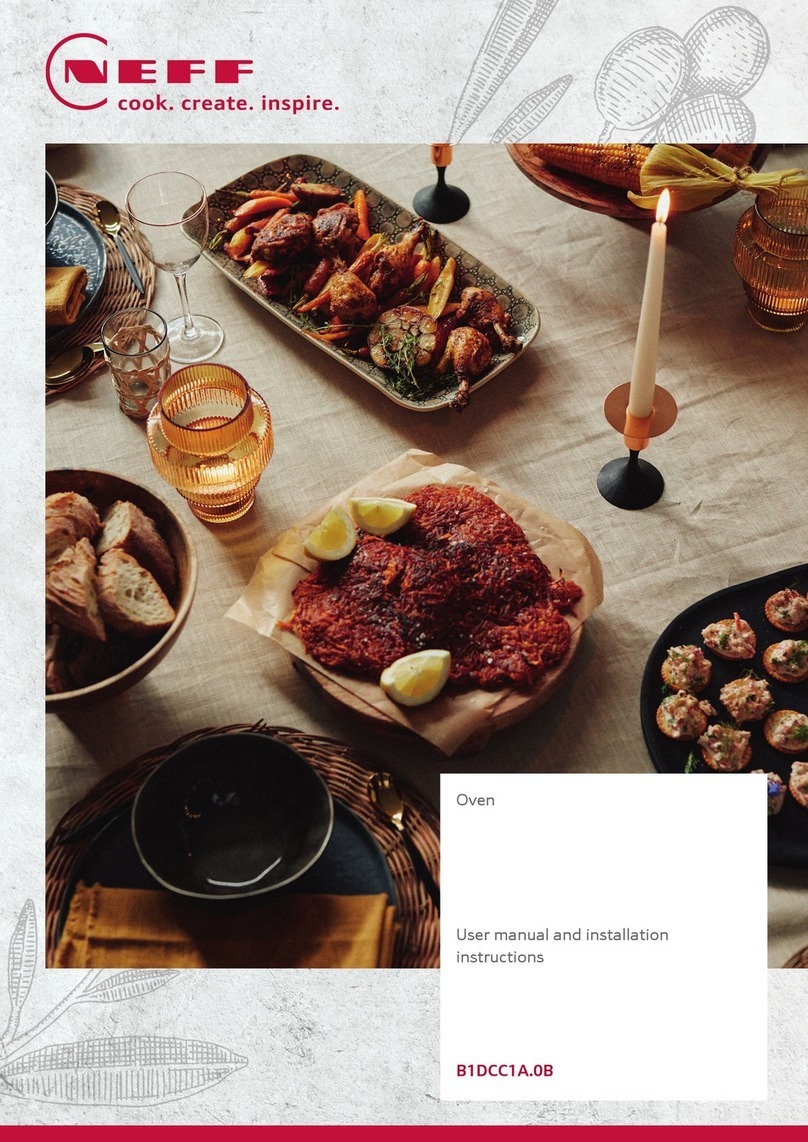
NEFF
NEFF B1DCC1A 0B Series User manual

NEFF
NEFF B46C74.0GB User manual
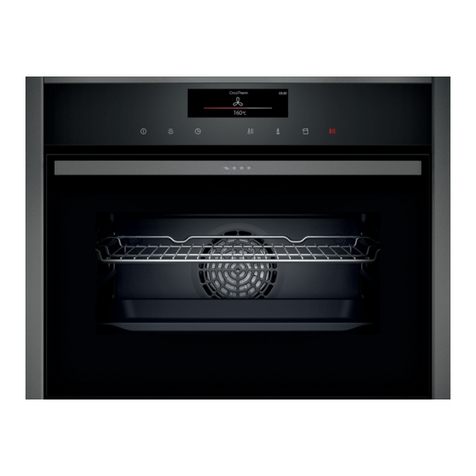
NEFF
NEFF C18FT28.0 User manual

NEFF
NEFF B 14H2 Series User manual

NEFF
NEFF B57CR23 0B Series User manual
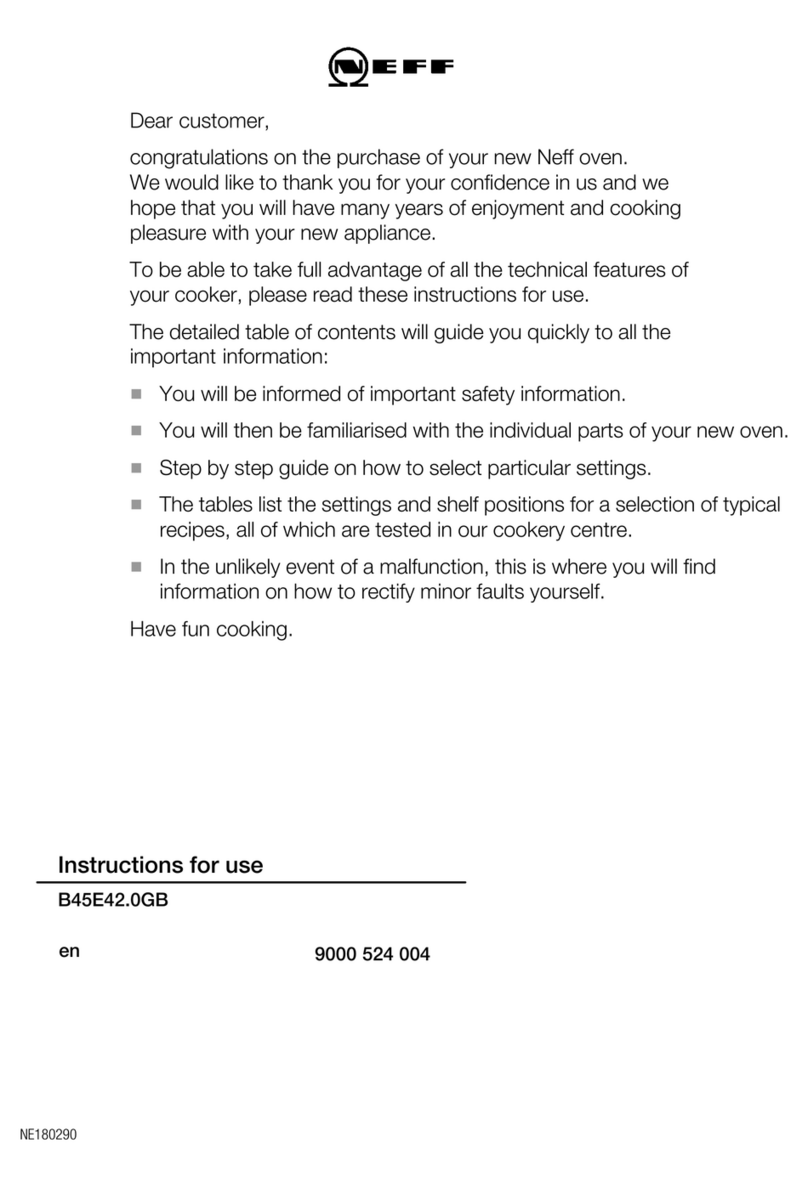
NEFF
NEFF B45E42N0GB User manual
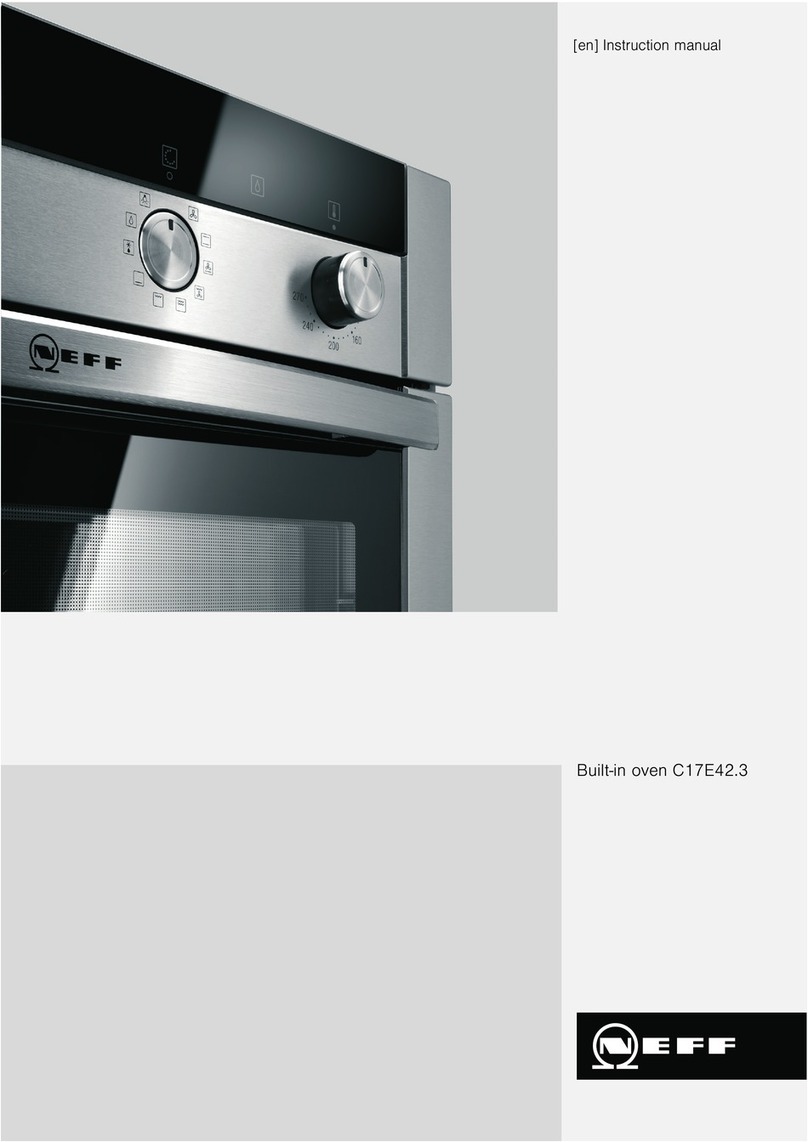
NEFF
NEFF C17E42 3 Series User manual
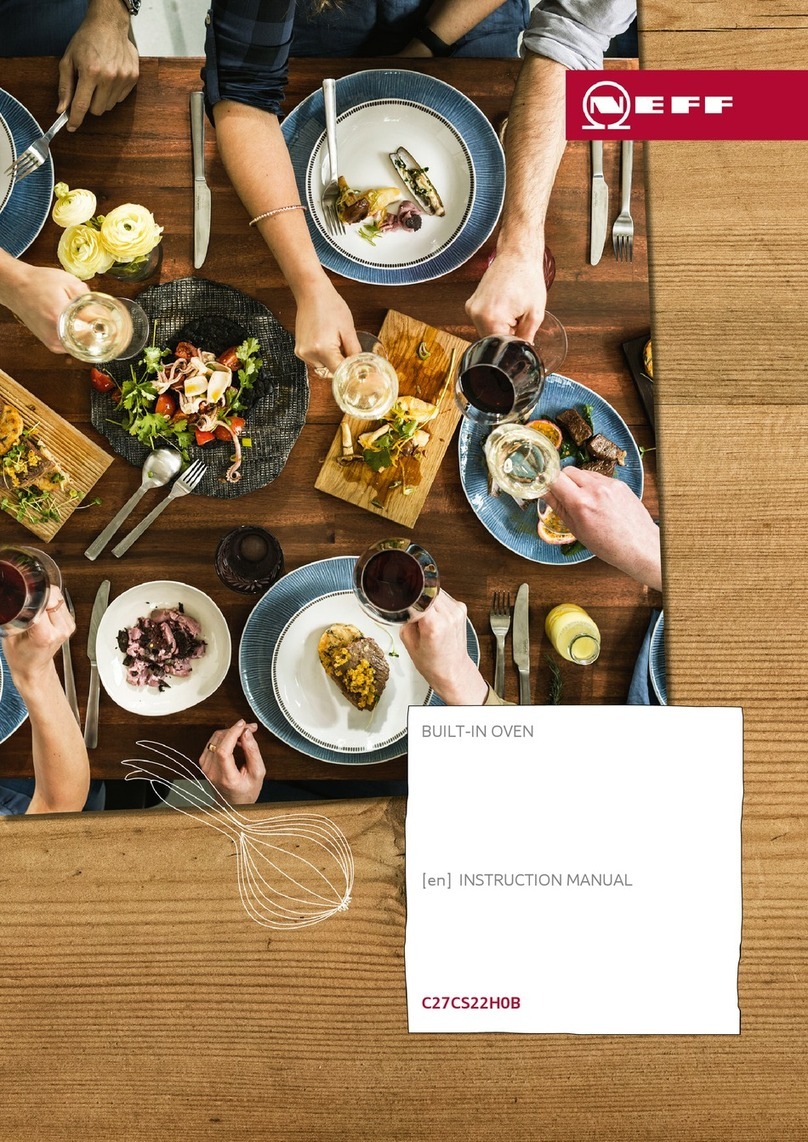
NEFF
NEFF C27CS22H0B User manual
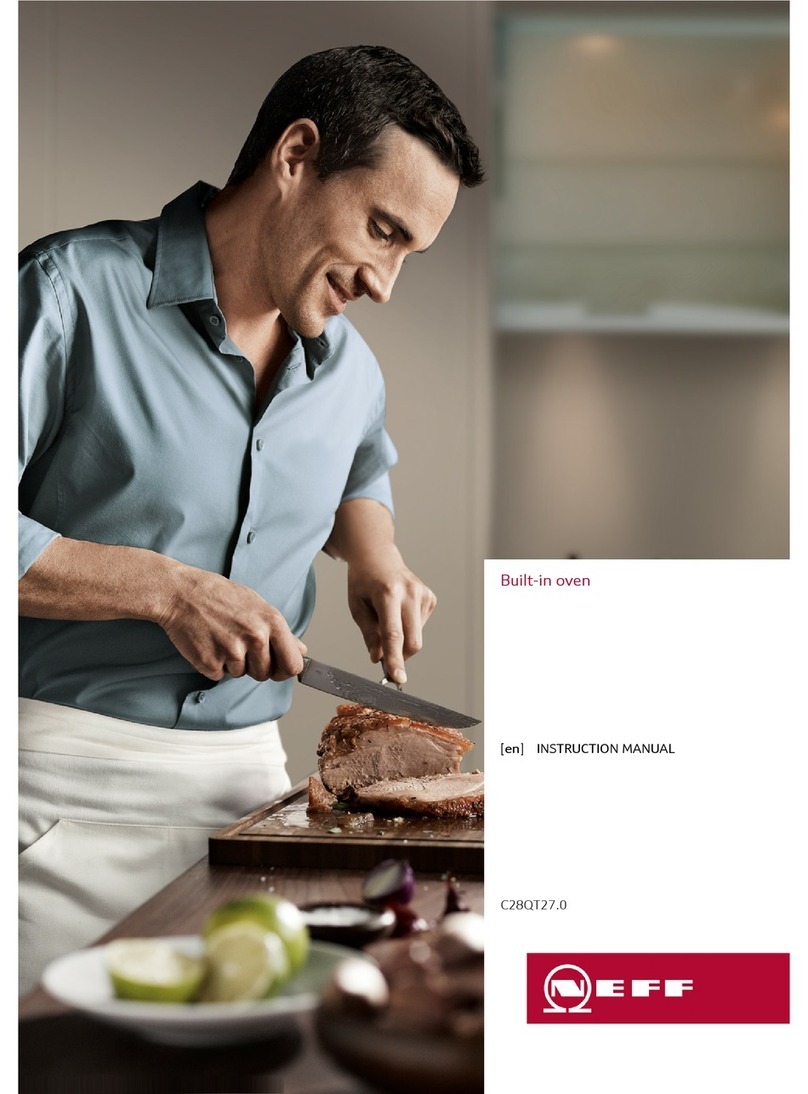
NEFF
NEFF C28QT27.0 User manual
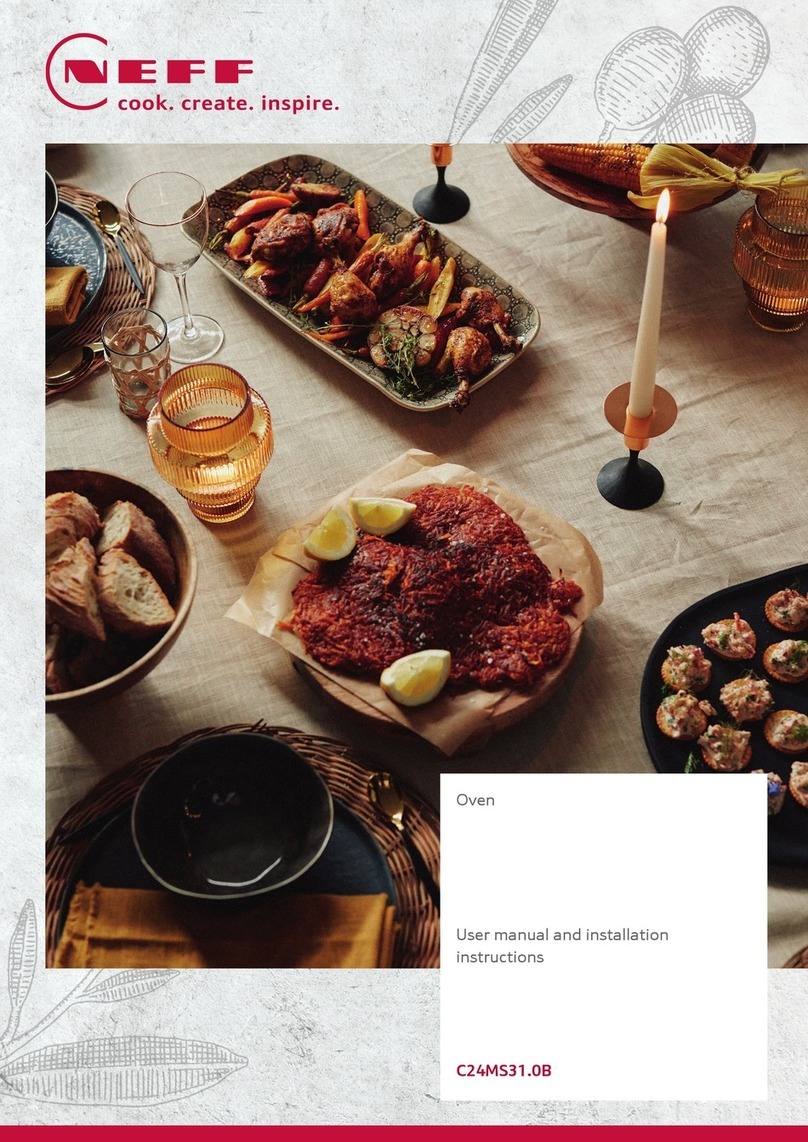
NEFF
NEFF C24MS31 0B Series User manual

NEFF
NEFF C17MS32G0B Operating and maintenance instructions

NEFF
NEFF U1421B2GB Safety guide
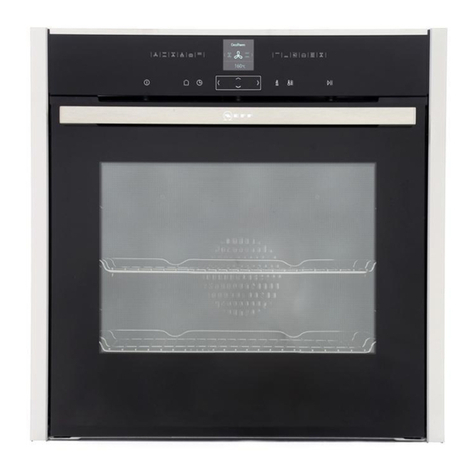
NEFF
NEFF B17CR32N1B Operating and maintenance instructions
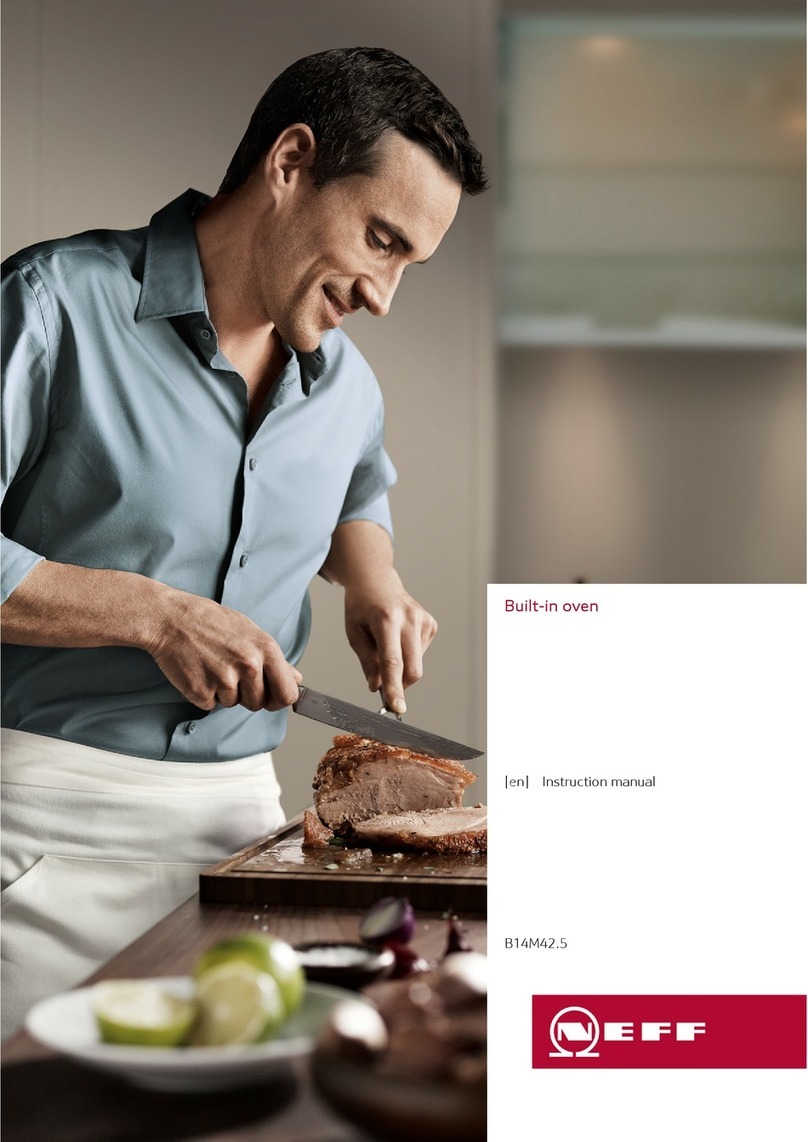
NEFF
NEFF B14M42 5 Series User manual
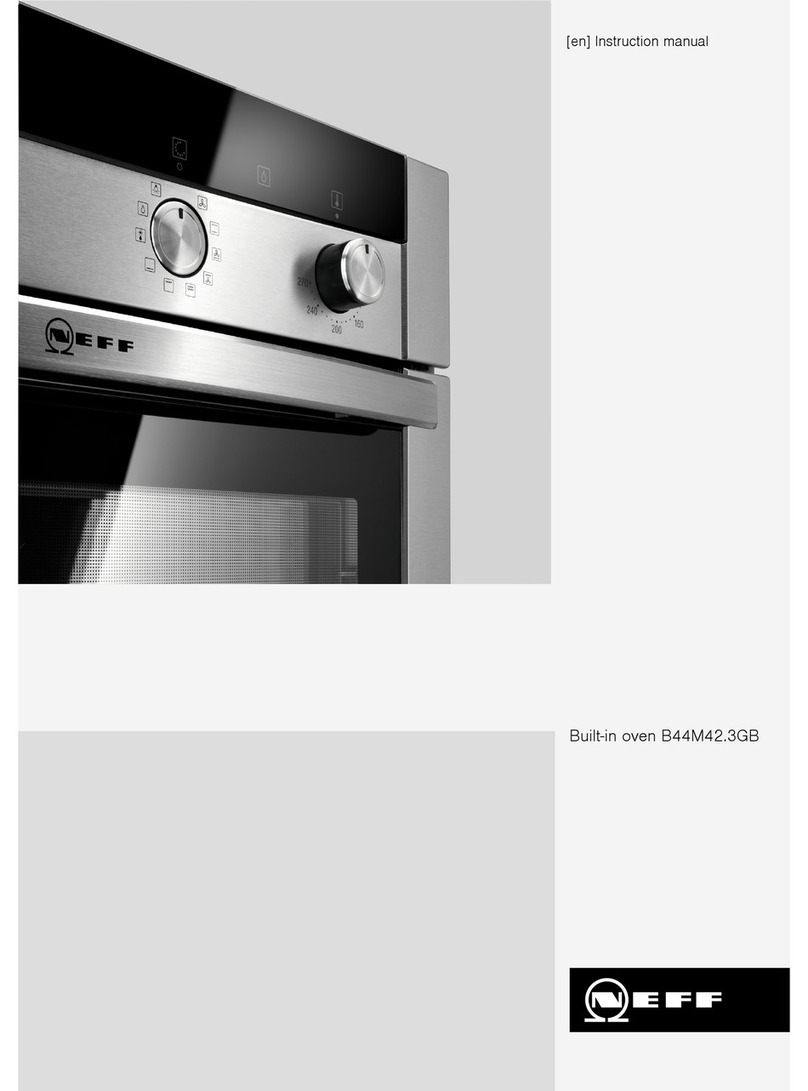
NEFF
NEFF B44M42.3GB User manual
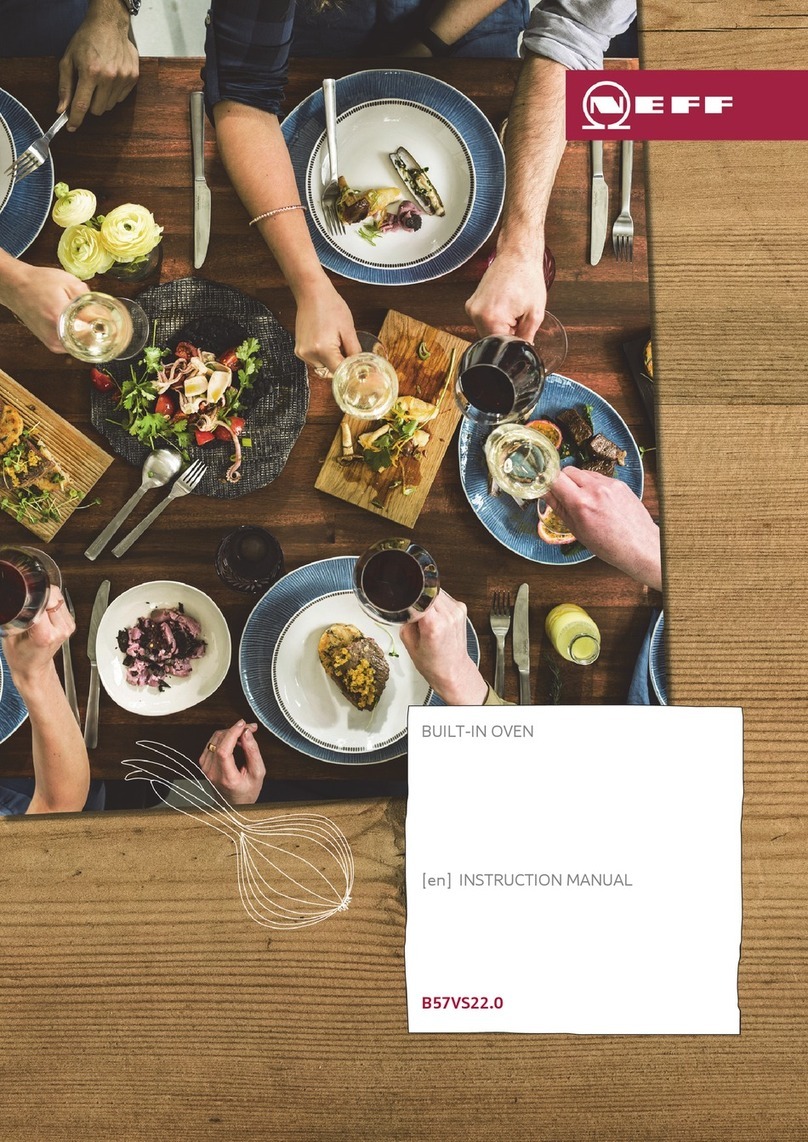
NEFF
NEFF B57VS22 0 Series User manual
Popular Oven manuals by other brands

Brandt
Brandt FC 222 user manual

aumate
aumate TOA20M04N-1E instruction manual

Maytag
Maytag CWE4100AC - 24" Single Electric Wall Oven Dimension Guide

Kernau
Kernau KBO 1076 S PT B instruction manual

Bosch
Bosch HB 37 N Series User manual and installation instructions

Electrolux
Electrolux EOD5420AA user manual
